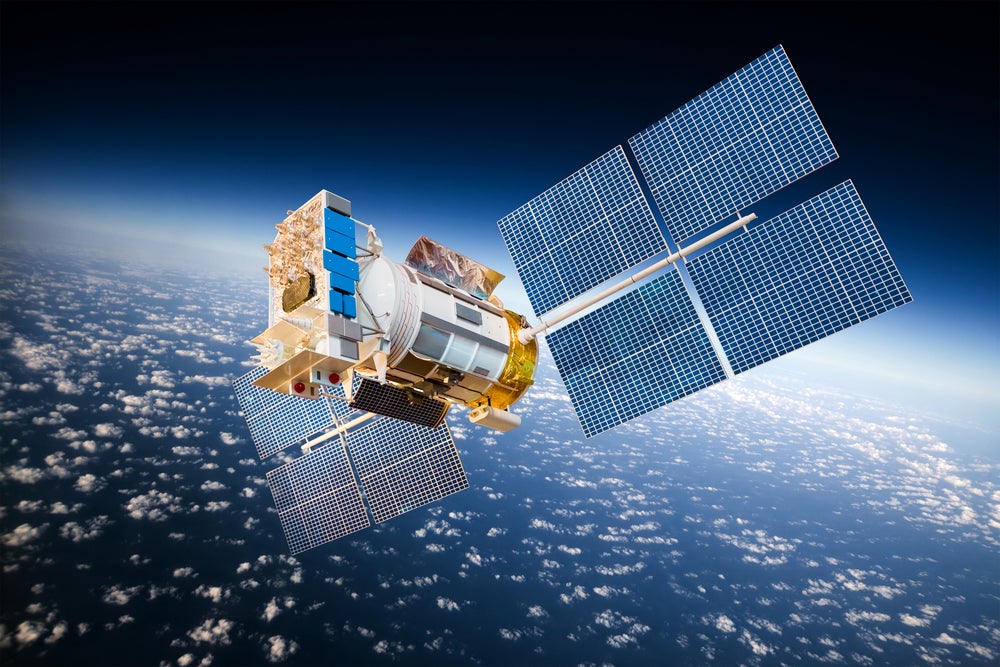Satellite connectivity is a complement to cellular IoT for use cases such as maritime communications and access to very remote locations. It is becoming an even more significant asset as use cases and coverage needs expand and satellite performance improves.
Satellite IoT is not new; providers such as ORBCOMM, Inmarsat, and Iridium have been leveraging satellite technology to provide connectivity where other access options have been spotty or unavailable for many years.
For example, in very remote areas where cellular is deemed too expensive or difficult to build out by mobile network operators (MNOs), satellite has long been a viable alternative or complement.
Satellite IoT key verticals
In several key verticals such as maritime, in which real-time shipping communications requirements coupled with sensor data collection for asset management and ship performance management is important; and energy exploration and agriculture management where data and video feeds may be required in remote, often harsh, physical environments, satellites have played a key role.
Military and defence use cases also count on satellite connectivity for reliable, highly available mission-critical communications. In addition to the satellite providers themselves, MNOs and IoT Mobile Virtual Network Operators (MVNOs) have partnered with satellite companies to offer a truly global IoT connectivity solution to MNCs, and this trend has accelerated, with recent announcements by Telefonica and Deutsche Telekom.
Historically, satellite communication required large expensive geosynchronous (GEO) spacecraft which lacked key performance capabilities in terms of bandwidth and latency. In the 1990s Low Earth Orbit (LEO) satellites were launched, which promised better performance, but the economics of building and managing large constellations of systems were difficult and demand was spotty, causing some business failures or cutbacks in scope.

US Tariffs are shifting - will you react or anticipate?
Don’t let policy changes catch you off guard. Stay proactive with real-time data and expert analysis.
By GlobalDataMonetisation is a problem
Difficulties remain in the successful monetisation of the large, expensive constellations required for global LEO services, with LeoSat recently shutting down, and OneWeb filing for Chapter 11 bankruptcy. According to the Satellite Industry Association, only about 2-3% of the $113bn in annual satellite connectivity services revenue in 2022 (about $2.8bn a year) came from IoT connections.
The bulk of satellite service revenues are derived from voice communications for remote workers, first responders, and consumer internet connectivity services in remote areas.
However, with satellite IoT connectivity revenues growing significantly faster than traditional satellite connectivity revenue, IoT is becoming a priority for satellite vendors and service providers.
Satellite launch boom
As data and video demand and growth are enormous, and new use cases for global communications including IoT connections are growing rapidly, there has been a resurgence of companies investing in LEO systems which are likelier to succeed. ORBCOMM, Iridium, Inmarsat, and Globalstar make up about 80% of the satellite IoT services market and are continuing to invest in enhanced IoT connectivity and vertical solutions as part of their portfolios.
Other providers such as Astrocast, EchoStar, Eutelsat, Kepler, Kinéis, OQ Technology, Sateliot and SES are also launching new satellites, developing new technologies to improve performance, and offering less expensive, easier to use satellite services.









